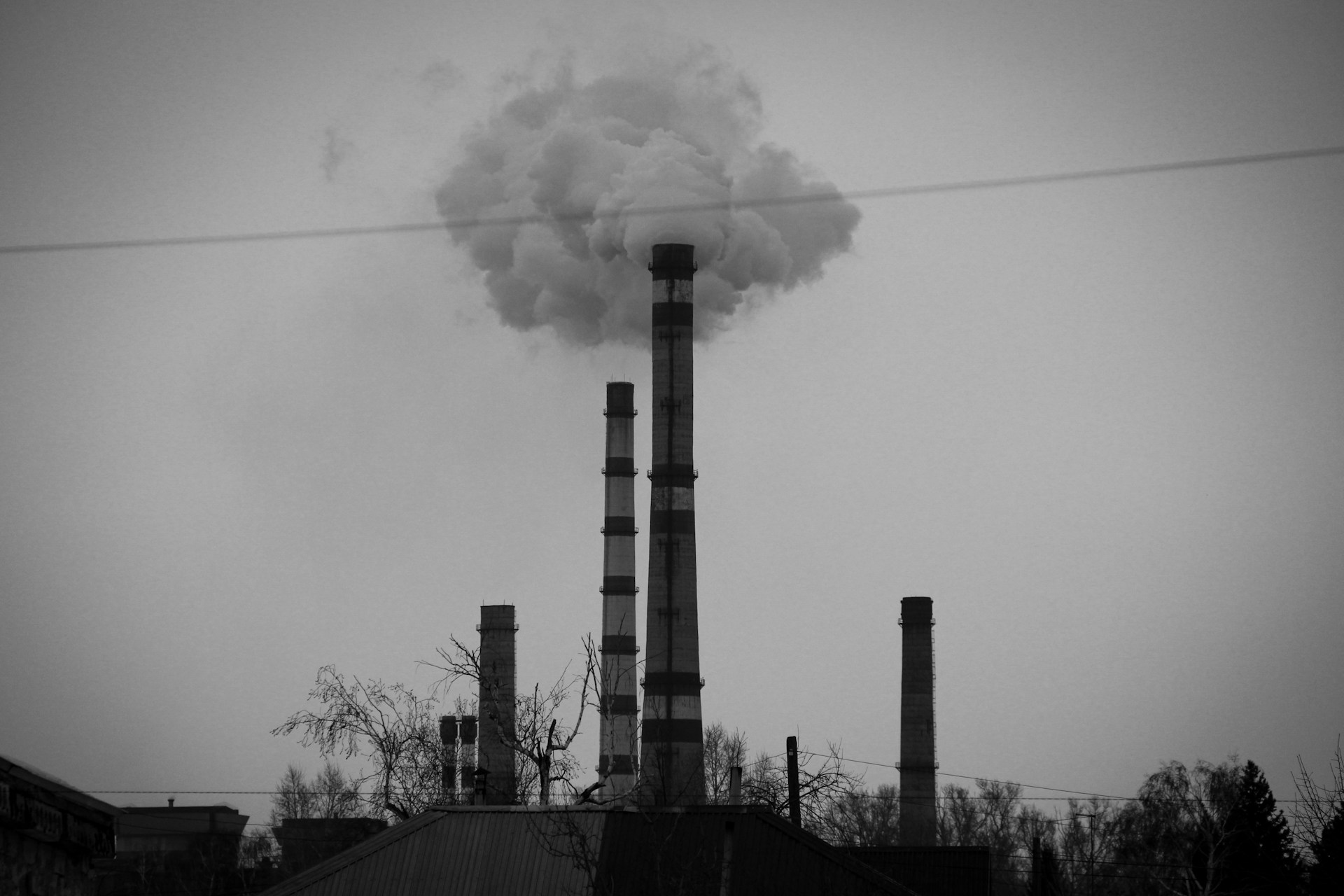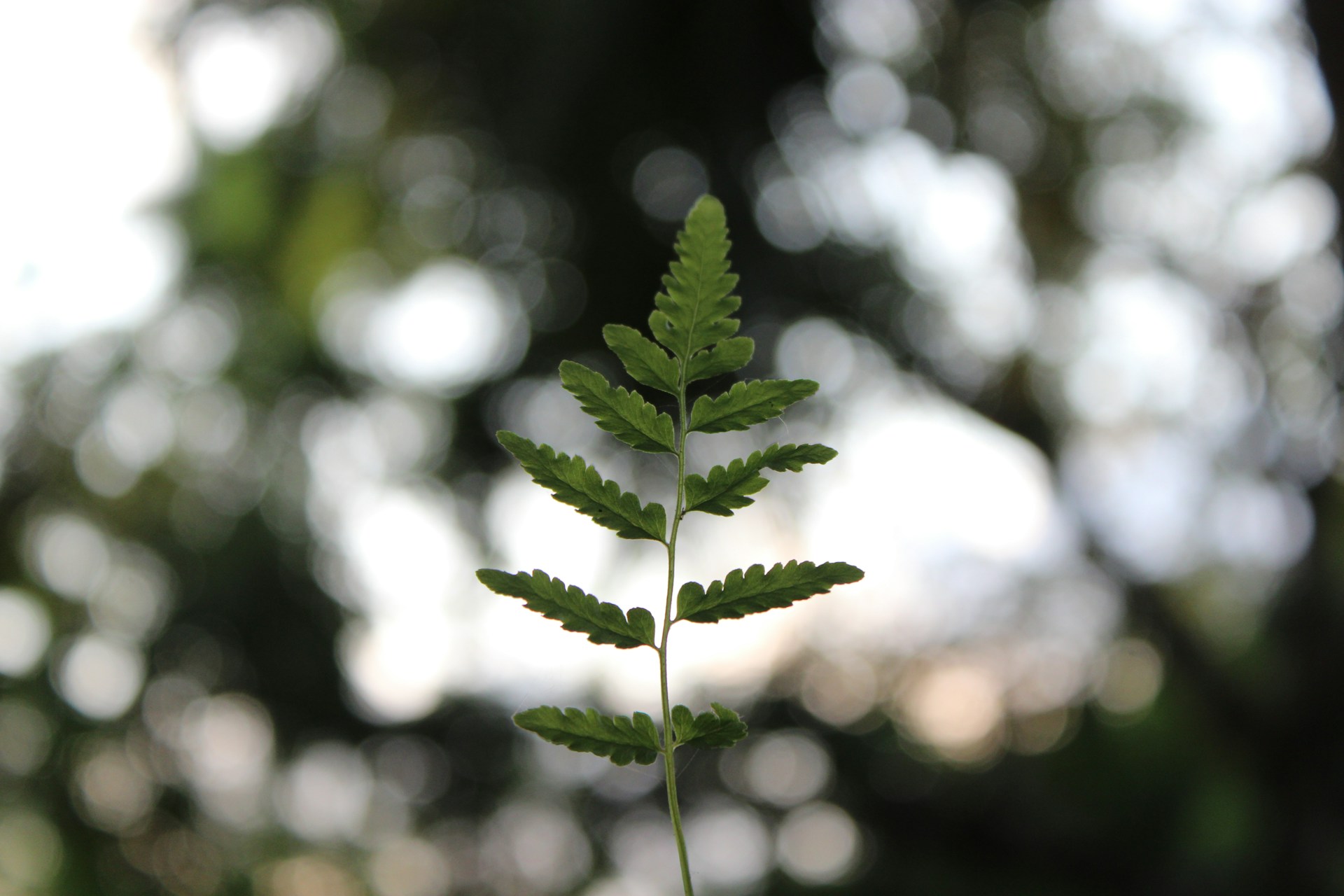
The Bleak Realities of Living in the Most Polluted Cities in the World
February 18, 2025 - Lou Farrell
Revolutionized is reader-supported. When you buy through links on our site, we may earn an affiliate commission. Learn more here.
What is life like for people living in the most polluted cities? A growing amount of evidence shows they are at a higher risk of health problems than others living in places with cleaner air. Those threats can begin even before a person’s birth.
Additionally, even if a person does not live in a location with the worst air quality in the world, they may still need to take precautions such as wearing masks, limiting their outdoor activities and keeping their windows closed.
Those preventive measures may become so ingrained in daily life that people do not immediately recognize the limitations those necessities cause. Even so, they can make life less fulfilling, such as if someone who loves exercising outdoors must switch to breaking a sweat on an indoor treadmill instead. What do researchers know about the hazards of living in the most polluted cities, and how should people keep themselves safer?
Policy Changes Needed to Improve the Most Polluted Cities
As people become more familiar with life in the most polluted cities, they may find tips encouraging taking individual action. For example, getting around with a bike or electric car rather than a fuel-powered vehicle helps people reduce the pollution they contribute. However, the problem may be so severe that even residents’ collective actions will not cause meaningful improvements.
Consider how a 2024 analysis found that 99 of the top 100 places with the worst air quality in the world are in Asia. Additionally, 83 are in India. Commenting on the research, experts said that the pollution levels are high enough to reduce residents’ life expectancies by several years.
They also mentioned South Asia as a particular concern but said significant changes would not likely happen without major energy and agricultural changes. Additionally, they clarified that dirty outdoor air is not the only issue. Pollutant exposure could be even higher indoors due to things like particular cooking practices.
These realities emphasize how widespread changes must ideally involve policymakers removing barriers to help people change their lifestyles to reduce pollution for themselves and others. One recent example involves the World Bank contributing millions of dollars to a clean cooking initiative in Bangladesh.
Many people living in the most polluted cities may feel discouraged because they live with the daily complications of dirty air but believe improvements are impossible. Once leaders connect clean air with better health, improved productivity and other benefits, they’ll be more open to making lasting changes, even if those enhancements take a while or have high upfront costs. Statistics indicate household and ambient air cause 6.7 million deaths annually, giving leaders plenty of reason to act.
Risks Affect Young People, Fetuses and Pregnant Individuals
Many of the world’s risks primarily affect adults. That theoretically means if a youngster adopts healthy eating habits, gets enough exercise and makes other conscious choices shaped by encouragement from their caregivers, they can reduce threats that are more likely to affect them later in life.
Unfortunately, dirty air may disadvantage young people living in the most polluted cities before they’re even born. One study focused on fine particulate matter and its effects on pregnant people. The researchers explored a previously identified connection between air pollution and poor maternal and child-related health outcomes, examining how particulate matter exposure changed individual cell DNA.
The findings indicated polluted air can elevate inflammation in pregnant people and fetuses, highlighting the need to reduce exposure during pregnancy. As such, the researchers advised that policy-related interventions and clinical guidelines could reduce risks, helping babies have healthier starts.
Another study about fine particulate matter investigated 8,500 kids from across the United States. The team relied on specific statistical techniques to examine 15 chemical components in this type of air pollution, including their sources. One of the primary findings was that ammonium nitrate — typically associated with agricultural operations — was a main culprit. They looked at it alone and with the presence of other pollutants.
In both cases, researchers found an association between it and poorer memory performance and learning in nine and ten-year-olds. However, the group did not identify that link when looking at all fine particulate matter types. That outcome emphasizes the importance of examining nuances when possible. Otherwise, people may reach incorrect conclusions that don’t show them the complete picture.
Climate Change Could Increase Effects in the Most Polluted Cities
People may make conscious decisions about whether to accept job offers or attend universities in specific locations depending on the typical air quality levels. That’s understandable and recent research suggests climate change could worsen the experiences of those living in highly polluted cities.
An international research team found that the most likely projection involves five times more people dying from air pollution complications at the end of the century than at the start of it. They also found that temperature-related deaths are an even more significant threat to people living at this time. These conclusions caused them to emphasize that climate change is more than an environmental issue and causes a direct threat to human health.
Another study revealed how events driven by climate change could also exacerbate another kind of pollution by causing water contamination. The findings indicated that extreme weather — such as droughts and heavy rain — could accelerate the time for fertilizer nitrates to end up in groundwater.
Although researchers initially believed it takes several weeks to years for that to happen, this 2024 study showed it can happen in only 10 days when heavy rains occur. That outcome highlights the benefits of real-time nitrate monitoring in agricultural soils.
Minimizing the Adverse Effects of Polluted Air
Whether people live in the most polluted places or just experience relatively brief periods of dirty air, they should take purposeful action to stay as safe as possible. Since awareness can lead to positive action, a good first step is to monitor air quality levels. Then, once they become dangerously high, people can minimize unnecessary time outside, keep their windows closed and wear high-quality masks when they cannot avoid going outdoors.
Acting appropriately is also important for people who are pregnant or have children in their care. Young people may become understandably frustrated when they cannot go outside as much as they’d like. However, they should become more agreeable when those supervising them provide equally enjoyable indoor activities.
Revolutionized is reader-supported. When you buy through links on our site, we may earn an affiliate commission. Learn more here.
Author
Lou Farrell
Lou Farrell, Senior Editor, is a science and technology writer at Revolutionized, specializing in technological advancements and the impacts on the environment from new developments in the industry. He loves almost nothing more than writing, and enthusiastically tackles each new challenge in this ever-changing world. If not writing, he enjoys unwinding with some casual gaming, or a good sci-fi or fantasy novel.







